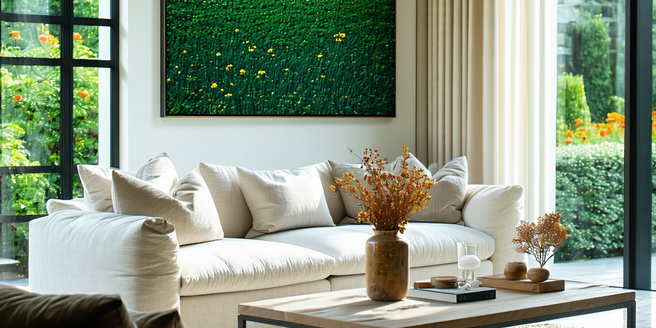Renovation Tips For Inexpensive Homes

Understanding Your Renovation Goals
Before diving into any renovation project, it’s crucial to understand your specific goals. Do you want to increase the resale value, enhance your comfort, or both? Identifying your priorities can help guide your decisions throughout the process. If resale value is the primary goal, research the most valuable upgrades in your area. For personal comfort, focus on improvements that will best suit your lifestyle. Clarity on your renovation objectives will help you make informed decisions, stay motivated, and avoid unnecessary projects that could bust your budget. Having a strategic vision makes the renovation journey smoother and more successful, ensuring that the completed work meets your expectations.
Setting a Realistic Budget
Drafting a detailed renovation budget is essential to avoid overspending. Begin by listing all potential expenses, including labor, materials, and permits. Research local costs and get quotes from different suppliers to get accurate figures. Remember to set aside a contingency fund for unexpected expenses, typically 10-15% of the total budget. Prioritize tasks based on necessity and long-term value. A realistic budget will not only keep your finances in check but also guide your renovation decisions, ensuring you allocate resources effectively. Regularly revisit and update your budget as project details evolve, allowing flexibility while remaining financially responsible.
Choosing Affordable Materials
Selecting affordable materials without compromising on quality is a savvy renovation strategy. Start by exploring alternatives like laminate flooring instead of hardwood or reclaimed wood for a rustic look. Visit local hardware stores, clearance sales, and online marketplaces to find discounts. Research less expensive brands that offer durable products similar to high-end options. Consider the long-term maintenance costs; sometimes a slightly higher upfront cost yields savings in the long run. Innovate by using leftover materials creatively. By opting for budget-friendly materials, you can achieve stylish results without depleting your finances, ensuring your renovation is both economical and effective.
DIY vs Hiring Professionals
Deciding between DIY and professional help can significantly impact your renovation budget and outcome. Assess your skills honestly; taking on tasks beyond your expertise can lead to mistakes that require costly corrections. For complex projects like electrical work or plumbing, hiring licensed professionals is often safer and more efficient. However, DIY can be cost-effective for simpler tasks such as painting or landscaping. Weighing the potential savings against the risks and time commitment is crucial. A balanced approach, where you DIY what you can and consult professionals where necessary, can lead to a successful and affordable renovation.
Maximizing Space and Functionality
Making the most out of limited space is key, especially in inexpensive homes. Consider open floor plans to create the illusion of more space. Use multi-functional furniture, like a sofa bed or a foldable dining table, to save room. Vertical storage solutions, such as wall-mounted shelves, can minimize clutter and promote organization. Enhance natural light using mirrors and light colors to expand perceived space. Evaluate each room’s layout to ensure it meets your practical needs without being overcrowded. With thoughtful planning, you can transform your home into a functional sanctuary without requiring significant square footage.
Enhancing Curb Appeal on a Budget
Improving your home’s exterior doesn’t have to be costly. Start by cleaning up the front yard and maintaining the lawn. Pruning overgrown plants and adding affordable greenery can make a significant difference. Consider dedicating a weekend to these tasks to see a quick transformation. A fresh coat of paint on the front door or new hardware can revamp the entryway. Install solar-powered lights along pathways for an inviting look at night. Decor accents, like a welcome mat or potted plants, add charm without breaking the bank. These small yet impactful upgrades enhance curb appeal, creating a welcoming first impression and potentially increasing the property’s value.